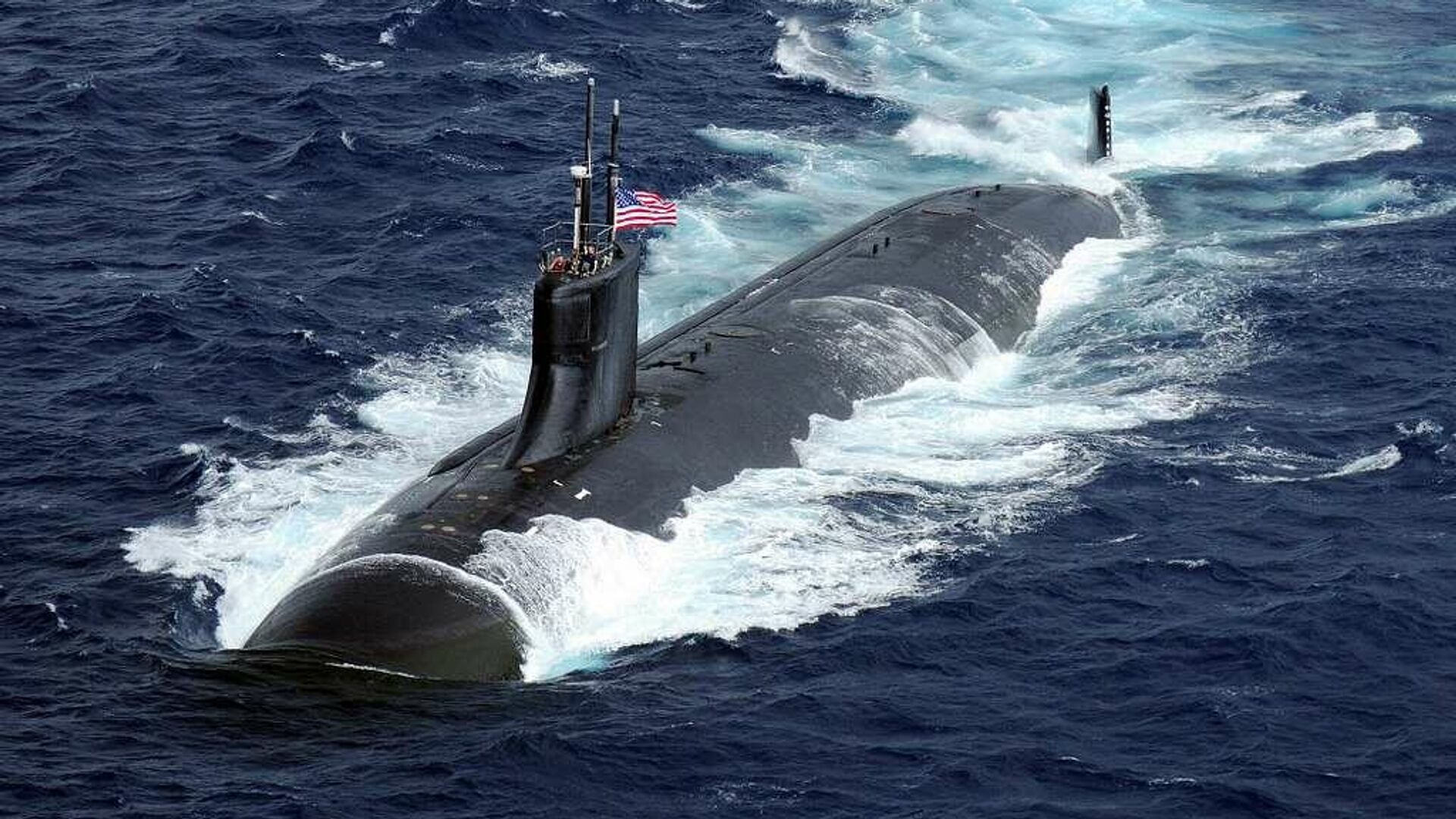Pentagon Probe Finds Submarine USS Connecticut’s South China Sea Crash Was ‘Preventable’
17:44 GMT 24.05.2022 (Updated: 20:03 GMT 19.10.2022)

CC0 / /
Subscribe
A US Navy investigation into the October 2021 underwater collision involving the nuclear-powered submarine USS Connecticut has found that the mishap could have been avoided.
The Seawolf-class attack submarine USS Connecticut was stalking the South China Sea on October 2, 2021, when it collided with an unknown object, severely damaging the sonar sphere and ballast tanks in its nose section and injuring 11 seamen. The object was later revealed to be “an uncharted seamount,” that is, an underwater mountain.
The waterway has been a site of increased confrontation between the US and China in recent years, as the US postures itself as standing up to Chinese "expansionism" across several island chains in the region. Following the crash, the Chinese Foreign Ministry denounced the sub's secretive behavior as an "irresponsible, cagey practice" that threatened regional security and navigation safety, as well as exacerbated tensions between the two nations.
“This mishap was preventable,” Rear Adm. Christopher Cavanaugh, the Pacific Fleet’s director of maritime headquarters in Honolulu, Hawaii, said in the report, which was written in late October 2021, declassified in April, and published on Monday. “Prudent decision-making and adherence to required procedures in any of these three areas could have prevented the grounding."
BREAKING: USS Connecticut (SSN 22) Seawolf-class nuclear attack submarine coming into San Diego - note obvious damage to bow - December 12, 2021 #ussconnecticut #ssn22 pic.twitter.com/vNT7sTPzod
— WarshipCam (@WarshipCam) December 12, 2021
According to the report, the sub was operating “in a poorly surveyed area in international waters” at the time of the collision, and the boat’s navigation review team “failed to identify and properly mark at least ten charted hazards to navigation in the vicinity of the grounding” before attempting to traverse the area.
“The navigation review team, including the CO [commanding officer], incorrectly assessed that Connecticut would be operating in an open ocean environment,” the report found. “They should have recognized the ship would be in restricted waters based on the planned track passing near multiple navigation hazards.”
“Had they done so, a modified piloting party would have been stationed with additional watch-standers focused on navigation safety,” the report added.
However, it wasn’t as if the commanding officer was unaware of the seamount or Connecticut’s proximity to it: according to the report, the officer of the deck was simply concerned with other hazards at the time of the collision, such as shallower-than-expected waters.
“No single action or inaction caused this mishap, but it was preventable,” Cavanaugh said. “It resulted from an accumulation of errors and omissions in navigation planning, watch team execution, and risk management.”
The report also reveals that following the collision, the crew had to confront twin problems of water gushing in and fighting an electrical fire sparked by the water pump that was trying to remove the water. The fire was quickly extinguished, and about 12,000 gallons of water, or a large backyard swimming pool’s worth, had to be pumped out of the boat. Cavanaugh’s report notes the crew responded well to the situation following the grounding.
The report recommends nonjudicial punishments for the Connecticut’s commanding officer, Cmdr. Cameron Aljilani, executive officer Lt. Cmdr. Patrick Cashin, and several unnamed sailors who were on duty at the time of the crash, and “administrative counseling” for Master Chief Sonar Technician Cory Rogers. All three were fired by the Navy in November, according to USNI News.
This wasn’t the first time that a US submarine has collided with a seamount due to negligent navigation: the USS San Francisco, a Los Angeles-class attack submarine, did the same near Guam in 2005 while steaming at nearly 30 miles per hour, causing much more severe damage that killed a seaman and nearly destroyed the boat.
In the summer of 2017, two US Navy destroyers, the USS McCain and USS Fitzgerald collided with civilian vessels in separate incidents in the Pacific. The two incidents killed 17 crewmembers and the Navy brought criminal charges against several officers for the incidents.
